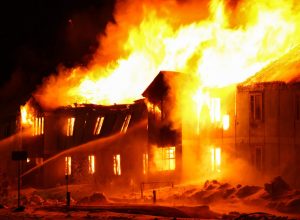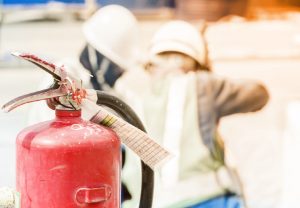Construction Fire Testing
Welcome To Ignito Labs
As a construction professional, ensuring the safety of your building is a top priority. One crucial aspect of safety is fire resistance. Ignito Labs offers comprehensive construction fire testing services to help you meet safety standards and regulations.
Our construction fire testing methods comply with industry standards such as ASTM, ISO, and NFPA. We offer a range of tests to ensure that your building materials and systems meet the necessary fire safety standards. Below are some of the construction fire testing methods available at Ignito Labs:
ISO 5660-1: Reaction to fire tests – Heat release, smoke production, and mass loss rate – Part 1: Heat release rate (cone calorimeter method): This test evaluates the heat release rate of building materials under controlled conditions using a cone calorimeter.
EN 13501-1: Fire classification of construction products and building elements – Part 1: Classification using data from reaction to fire tests: This standard outlines the fire classification system for construction products and building elements based on their reaction to fire performance.
EN 1363-1: Fire resistance tests – Part 1: General requirements: This standard outlines the general requirements for fire resistance testing of various construction elements, including walls, floors, and doors.
ASTM E119 Fire Resistance Test: This test evaluates the fire resistance of building materials such as walls, floors, and roofs. The test exposes a sample to a controlled fire, and the results are based on the time it takes for the sample to fail or the degree of damage caused by the fire.
ASTM E84 Surface Burning Characteristics Test: This test evaluates the surface burning characteristics of building materials such as wall panels, insulation, and ceiling tiles. The test measures the flame spread and smoke development of the material when exposed to a controlled flame.
ASTM E662 Smoke Density Test: This test measures the amount of smoke a material produces when exposed to a controlled flame. It’s used to evaluate the smoke toxicity of building materials, such as wall coverings, ceiling tiles, and carpets.
Our construction fire includes tests according to the standards:
NFPA 285 Wall Assembly Fire Test: This test evaluates the fire resistance of exterior wall assemblies. The test exposes a wall assembly to a controlled fire, and the results are based on the time it takes for the fire to spread from one side of the wall to the other.
ISO 5660-1: Reaction to fire tests – Heat release, smoke production, and mass loss rate – Part 1: Heat release rate (cone calorimeter method): This test evaluates the heat release rate of building materials under controlled conditions using a cone calorimeter.
EN 13501-1: Fire classification of construction products and building elements – Part 1: Classification using data from reaction to fire tests: This standard outlines the fire classification system for construction products and building elements based on their reaction to fire performance.




